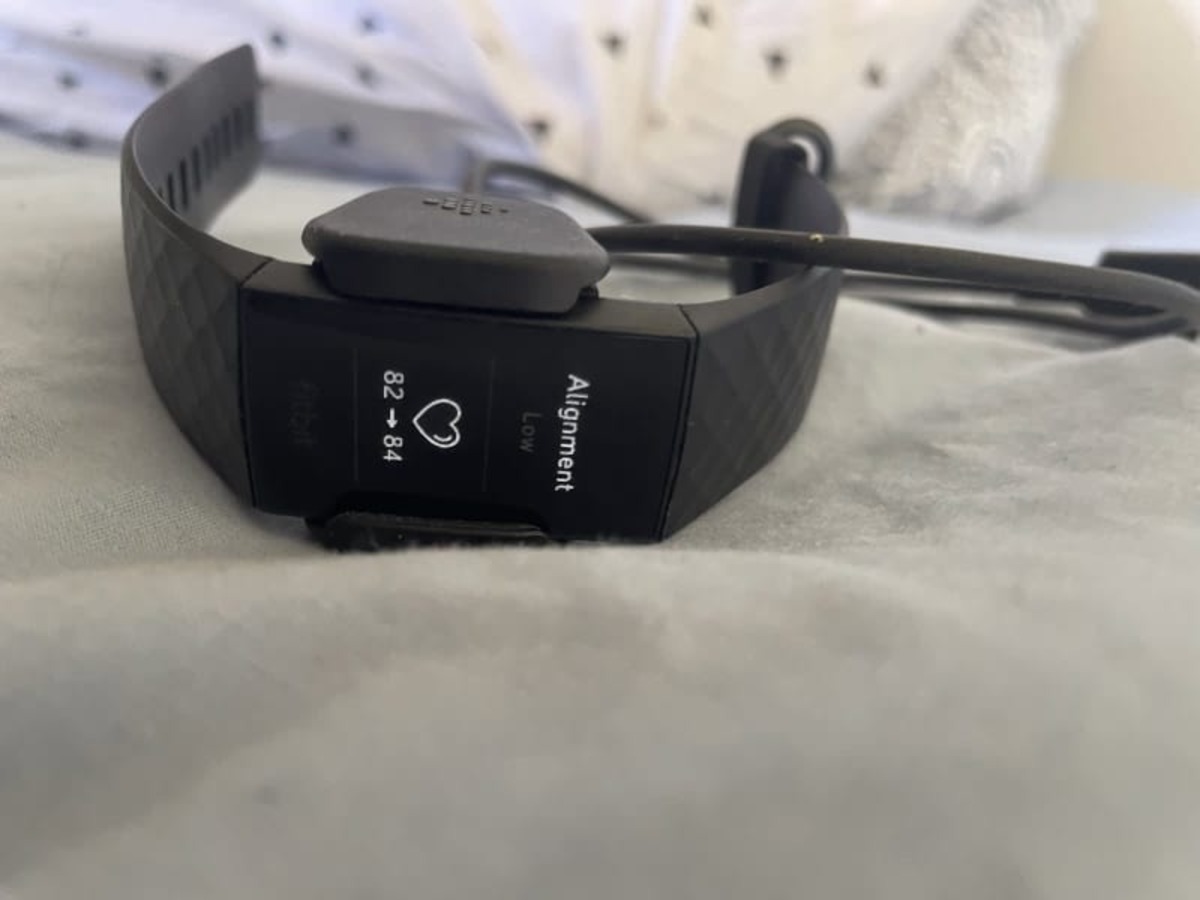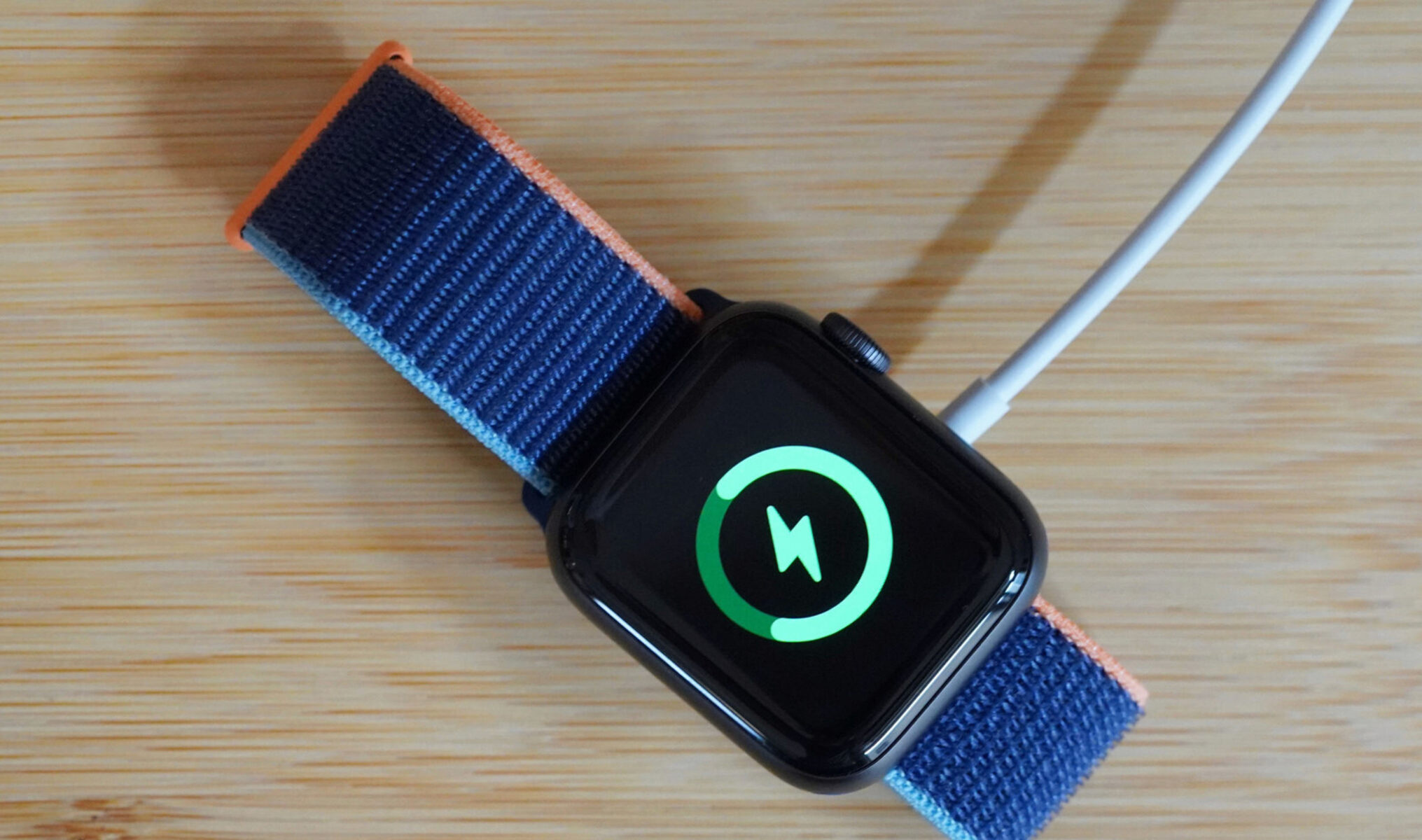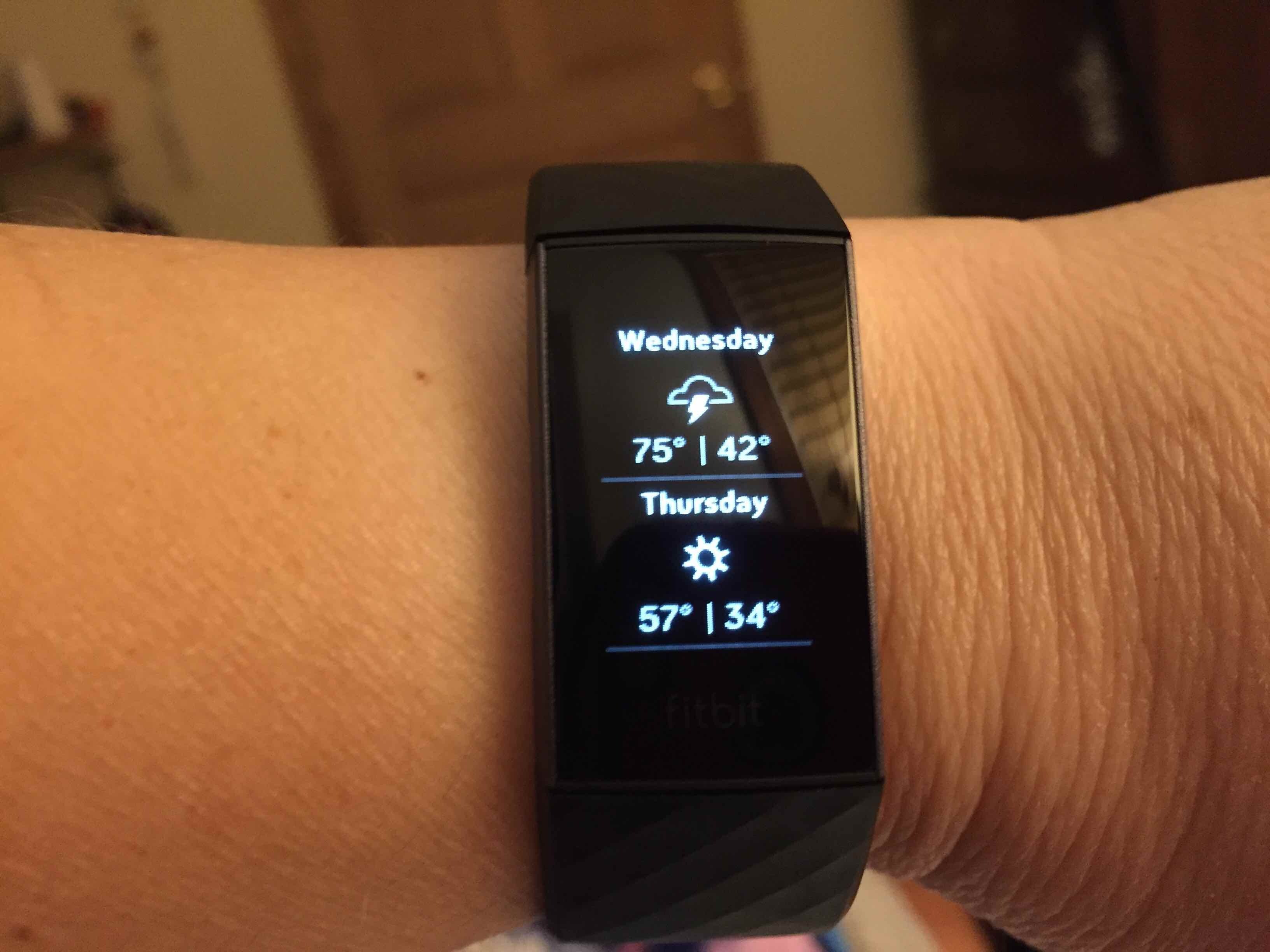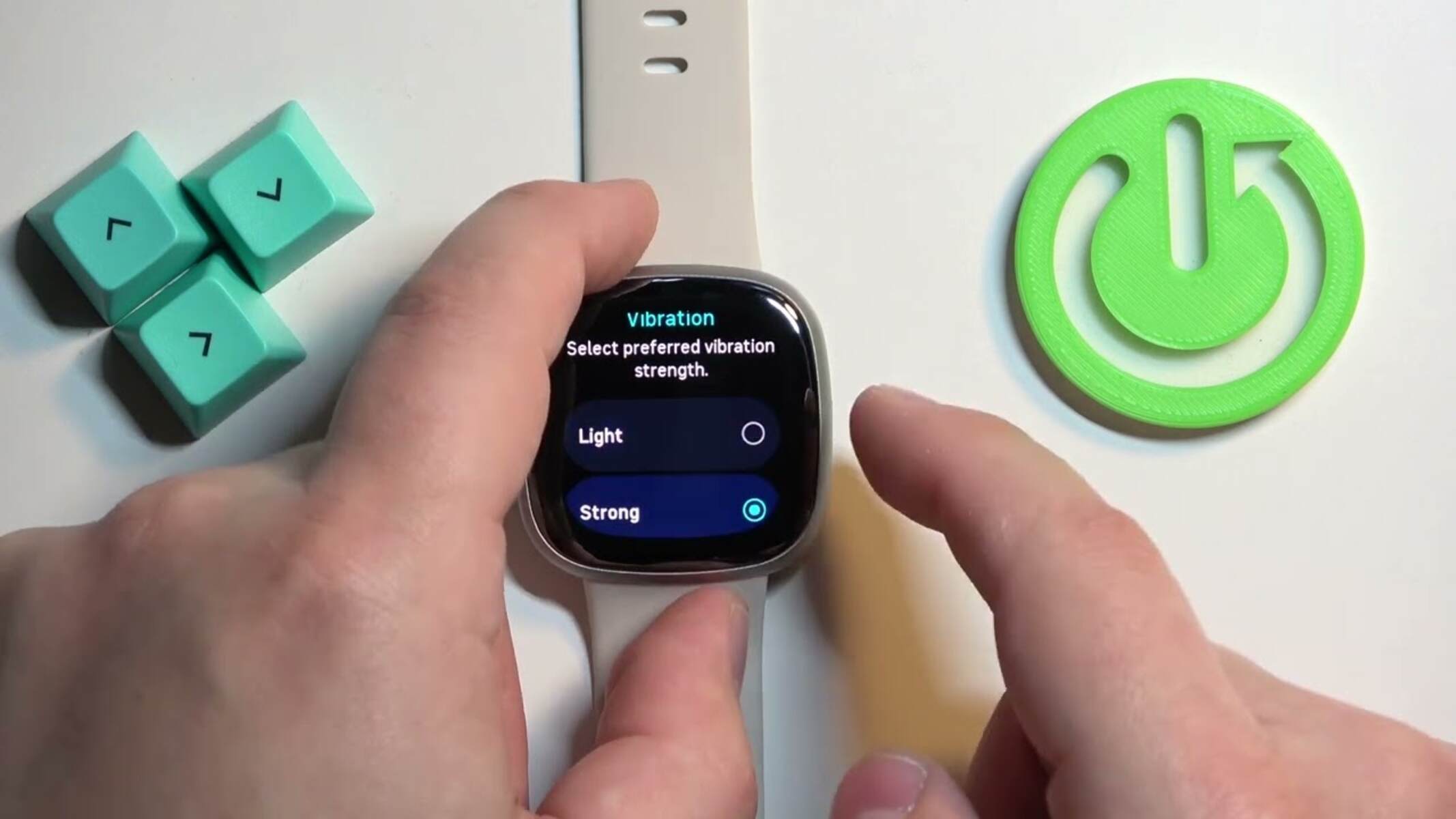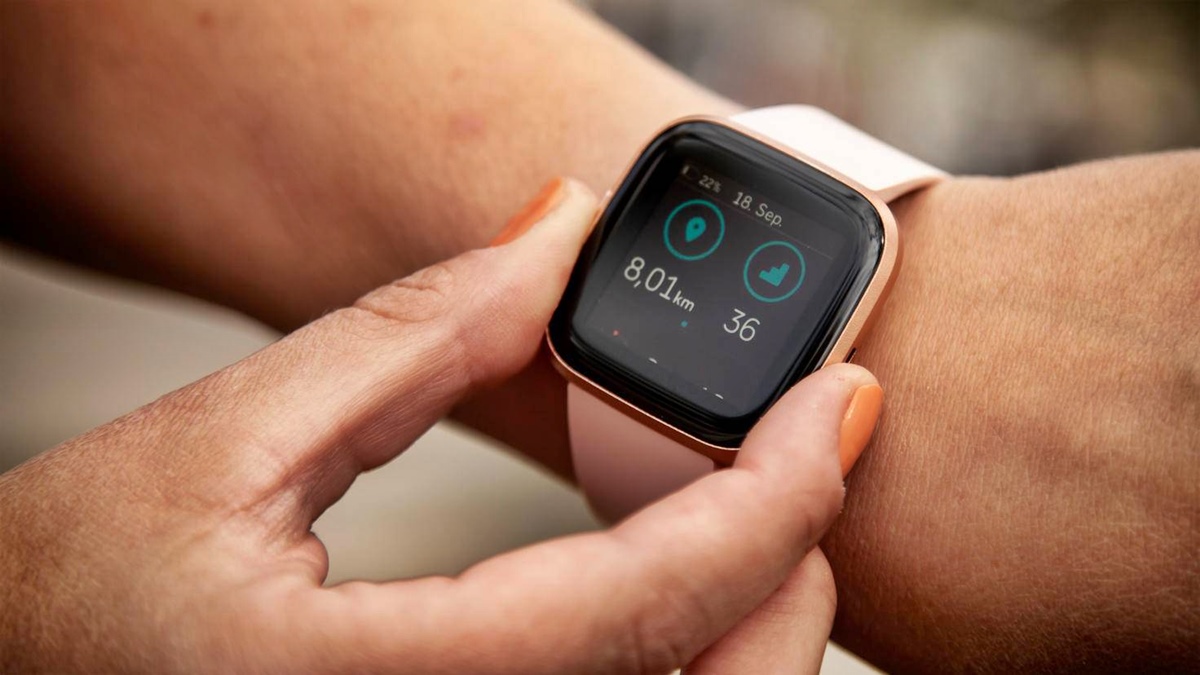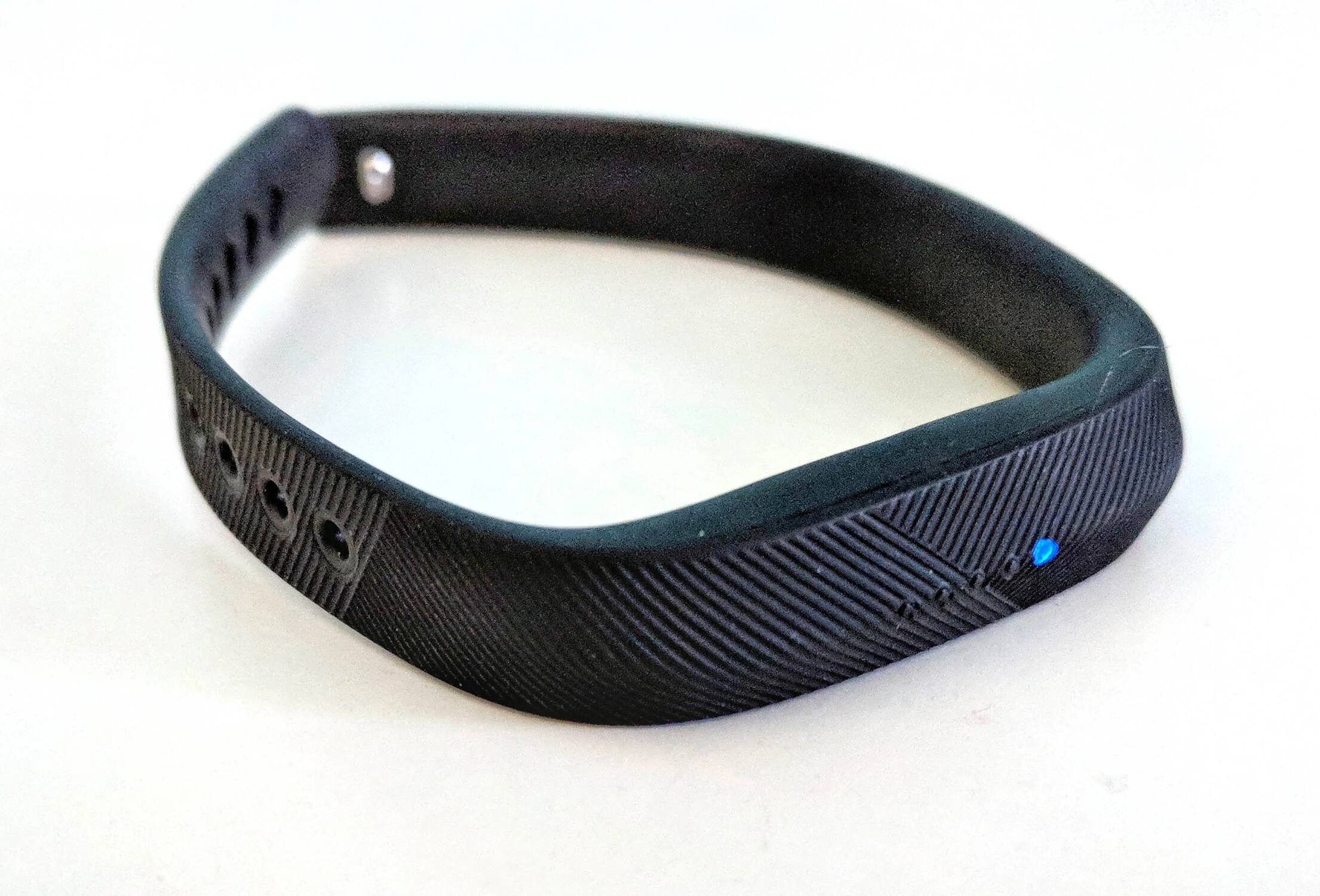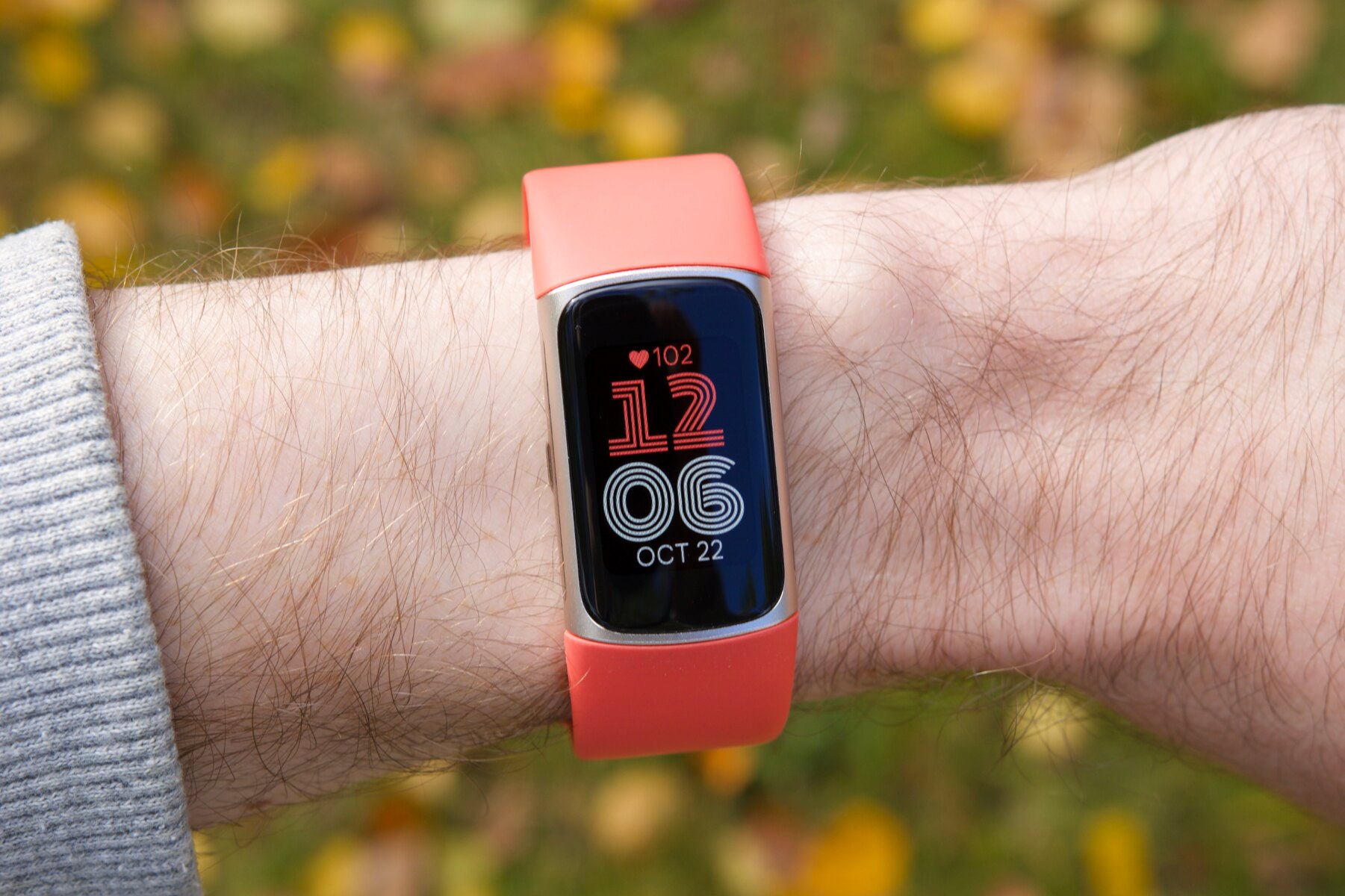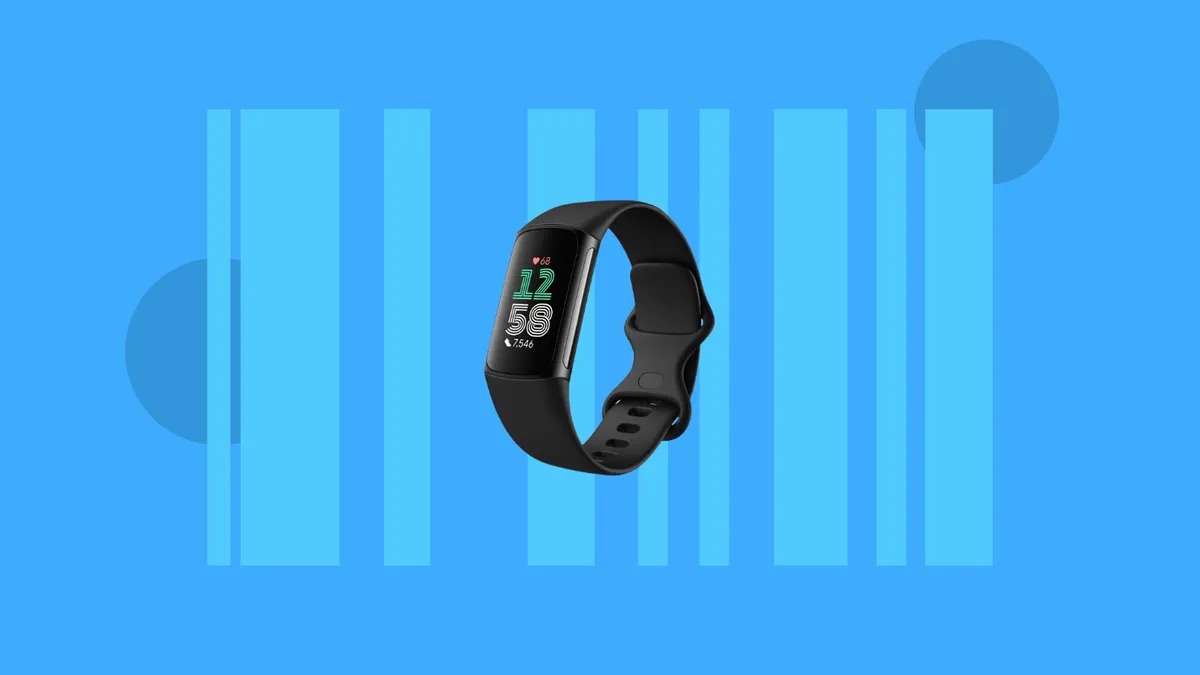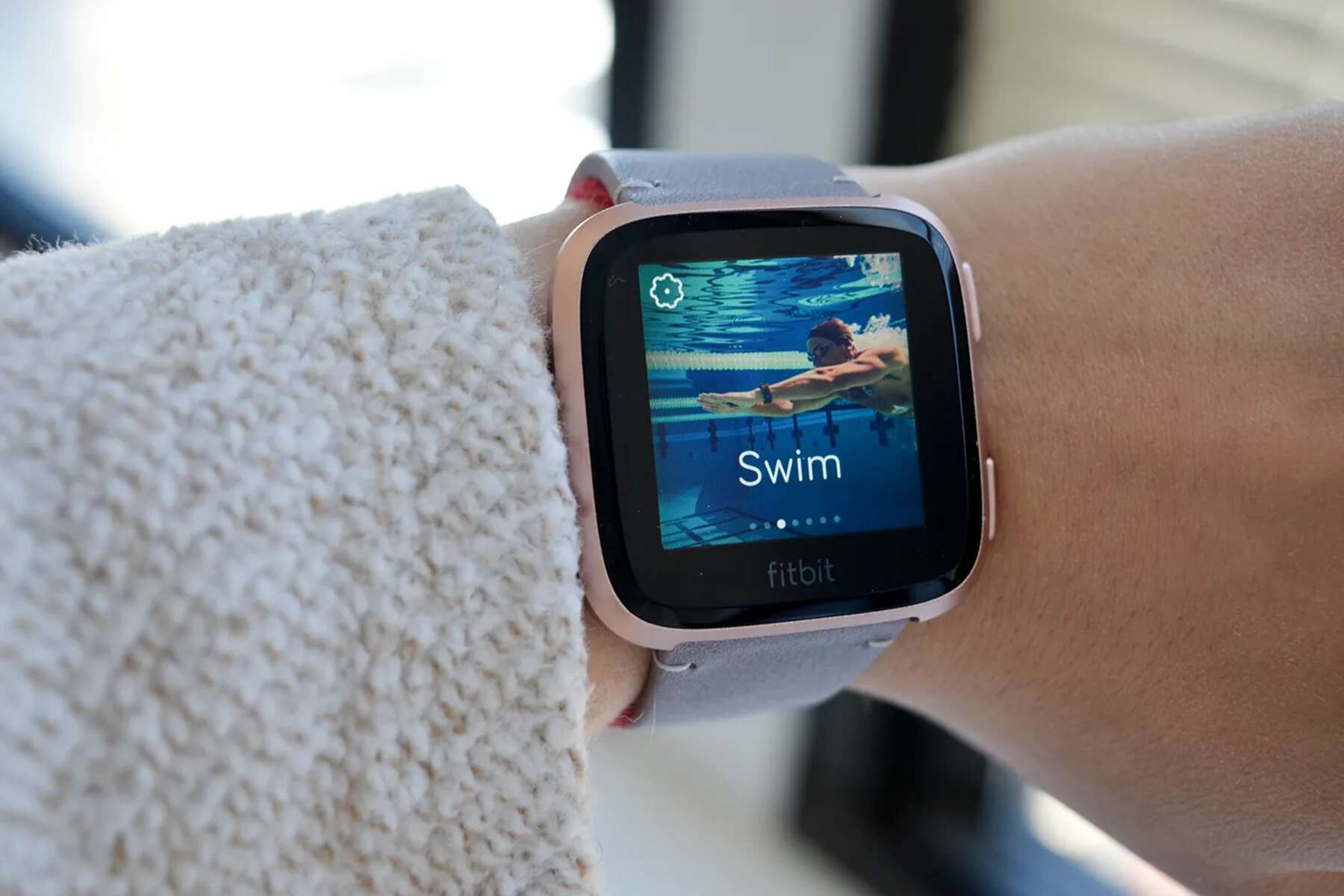What is "Alignment Low" on Fitbit Charge 4?
The "Alignment Low" alert on the Fitbit Charge 4 is a notification that indicates a potential issue with the accuracy of the device's sensors. This alert typically appears when the Fitbit Charge 4's sensors are unable to accurately track the user's movements and heart rate. When this alert is displayed, it means that the device may not be able to provide accurate fitness and health data, which could impact the overall user experience.
The Fitbit Charge 4 is equipped with advanced sensors that track various metrics, including heart rate, steps taken, distance traveled, and calories burned. These sensors rely on proper alignment with the user's wrist to ensure accurate data collection. However, factors such as the fit of the device, its position on the wrist, and skin conditions can affect the alignment of the sensors, leading to the "Alignment Low" alert.
Understanding the implications of the "Alignment Low" alert is crucial for users who rely on their Fitbit Charge 4 to monitor their fitness and health goals. It serves as a reminder to ensure that the device is properly positioned and in contact with the skin to optimize sensor accuracy.
The "Alignment Low" alert is a valuable feature that promotes user awareness and encourages proactive measures to maintain the device's functionality. By addressing this alert promptly, users can ensure that their Fitbit Charge 4 continues to provide reliable and accurate data, supporting their fitness journey effectively.
Understanding the "Alignment Low" alert empowers users to take the necessary steps to address the issue and optimize the performance of their Fitbit Charge 4. By acknowledging the significance of sensor alignment, users can make informed decisions to enhance their overall experience with the device.
Causes of "Alignment Low" Alert
The "Alignment Low" alert on the Fitbit Charge 4 can be triggered by several factors that hinder the proper alignment of the device's sensors with the user's wrist. Understanding these causes is essential for effectively addressing this alert and ensuring accurate data tracking.
1. Loose Fit:
When the Fitbit Charge 4 is worn loosely on the wrist, it may fail to maintain consistent contact with the skin. This can disrupt the alignment of the sensors, leading to the "Alignment Low" alert. Users who prefer a looser fit may encounter this issue, as the device needs a snug fit to optimize sensor performance.
2. Positioning:
Improper positioning of the Fitbit Charge 4 on the wrist can also contribute to the "Alignment Low" alert. If the device shifts or slides during physical activities, the sensors may lose alignment, impacting their ability to accurately track movements and heart rate.
3. Skin Conditions:
Skin conditions, such as excessive sweating or dryness, can affect the device's ability to maintain proper alignment. Sweat can create a barrier between the sensors and the skin, while dryness may hinder optimal sensor contact. Both scenarios can trigger the "Alignment Low" alert, prompting users to address these skin-related factors.
4. Environmental Factors:
External elements, such as extreme temperatures or humidity, can impact the Fitbit Charge 4's sensor alignment. High humidity may cause discomfort, leading users to adjust the device, while extreme temperatures can affect the skin's moisture levels, potentially interfering with sensor performance.
5. Physical Activities:
Engaging in certain physical activities, especially those involving repetitive wrist movements or high impact, can lead to the "Alignment Low" alert. Intense workouts or sports that cause the device to shift or lose contact with the skin may trigger this alert, indicating the need for adjustments during such activities.
6. Wrist Anatomy:
Individual wrist anatomy, including bone structure and skin elasticity, can influence the fit of the Fitbit Charge 4. Users with unique wrist characteristics may experience challenges in maintaining optimal sensor alignment, potentially resulting in the "Alignment Low" alert.
By recognizing these causes, users can proactively address the "Alignment Low" alert, optimizing the performance of their Fitbit Charge 4 and ensuring accurate data tracking for their fitness and health goals.
How to Address "Alignment Low" Alert
Addressing the "Alignment Low" alert on your Fitbit Charge 4 is crucial to ensure accurate data tracking and maintain the device's functionality. When this alert appears, it serves as a proactive indicator for users to take immediate steps to optimize sensor alignment and enhance their overall experience with the device. Here are practical measures to effectively address the "Alignment Low" alert:
1. Adjust the Fit:
Start by ensuring that your Fitbit Charge 4 fits snugly on your wrist. A secure and comfortable fit promotes optimal sensor alignment, reducing the likelihood of the "Alignment Low" alert. Check the positioning of the device to ensure it remains in contact with your skin during various activities.
2. Wrist Placement:
Be mindful of the placement of your Fitbit Charge 4 on your wrist. Position it slightly higher on your wrist to minimize movement-related shifts during physical activities. This strategic placement can help maintain consistent sensor alignment, reducing the frequency of the "Alignment Low" alert.
3. Skin Care:
Take care of your skin to facilitate optimal sensor contact. Address excessive sweating by drying your skin before wearing the device, using absorbent wristbands, or choosing moisture-wicking materials for your wristwear. For dry skin, consider using hypoallergenic moisturizers to enhance sensor contact.
4. Environmental Awareness:
Be aware of environmental factors that can impact sensor alignment. In high humidity, take extra precautions to secure the fit of your Fitbit Charge 4, and consider adjusting its position if discomfort arises. Similarly, in extreme temperatures, monitor your skin's condition and make necessary adjustments to maintain optimal sensor alignment.
5. Activity-Specific Adjustments:
During intense workouts or activities prone to causing the "Alignment Low" alert, consider making activity-specific adjustments. Secure the device more firmly or choose alternative wrist positions to minimize sensor disruption. These proactive measures can help maintain accurate data tracking during dynamic movements.
6. Regular Checks:
Periodically check your Fitbit Charge 4 during the day to ensure proper alignment. This practice allows you to promptly address any alignment issues and maintain consistent sensor contact. Regular checks are particularly beneficial during transitions between activities or environmental conditions.
By implementing these measures, users can effectively address the "Alignment Low" alert on their Fitbit Charge 4, optimizing sensor alignment and ensuring reliable data tracking. Proactive adjustments and mindful considerations contribute to a seamless user experience, empowering individuals to make the most of their fitness and health monitoring capabilities.
Preventing "Alignment Low" Alert
Preventing the "Alignment Low" alert on your Fitbit Charge 4 involves proactive measures aimed at maintaining optimal sensor alignment and minimizing factors that can lead to sensor disruption. By implementing preventive strategies, users can significantly reduce the occurrence of this alert, ensuring consistent and accurate data tracking for their fitness and health endeavors.
1. Secure Fit:
Ensuring a secure fit of the Fitbit Charge 4 on your wrist is fundamental to preventing the "Alignment Low" alert. Adjust the band to achieve a snug yet comfortable fit, allowing the sensors to maintain consistent contact with your skin during various activities. Avoid wearing the device too loosely, as this can increase the likelihood of sensor misalignment.
2. Strategic Positioning:
Strategic positioning of the Fitbit Charge 4 on your wrist can contribute to preventing the "Alignment Low" alert. Consider wearing the device slightly higher on your wrist to minimize movement-related shifts, especially during physical activities. This deliberate placement promotes stable sensor alignment, reducing the need for frequent adjustments.
3. Skin Maintenance:
Proactive skin maintenance plays a crucial role in preventing the "Alignment Low" alert. Address excessive sweating by drying your skin before wearing the device, using moisture-absorbing wristbands, or opting for wristwear made from breathable materials. For individuals with dry skin, incorporating hypoallergenic moisturizers can enhance sensor contact and minimize potential alignment issues.
4. Environmental Adaptation:
Being mindful of environmental factors can aid in preventing the "Alignment Low" alert. In high humidity, take extra precautions to secure the fit of your Fitbit Charge 4, and consider adjusting its position if discomfort arises. Similarly, in extreme temperatures, monitor your skin's condition and make necessary adjustments to maintain optimal sensor alignment.
5. Activity-Specific Considerations:
Tailoring the fit and positioning of your Fitbit Charge 4 based on specific activities can contribute to preventing the "Alignment Low" alert. During high-impact or repetitive wrist movements, ensure the device is securely positioned to minimize sensor disruption. These proactive adjustments can help maintain accurate data tracking during dynamic movements.
6. Regular Maintenance:
Incorporating regular maintenance practices can aid in preventing the "Alignment Low" alert. Periodically check the fit and alignment of your Fitbit Charge 4 throughout the day, especially during transitions between activities or environmental conditions. This proactive approach allows for prompt adjustments, reducing the likelihood of sensor misalignment.
By embracing these preventive measures, users can effectively minimize the occurrence of the "Alignment Low" alert on their Fitbit Charge 4. Proactive adjustments, environmental awareness, and personalized considerations contribute to a seamless user experience, ensuring consistent and reliable sensor alignment for optimal data tracking.







